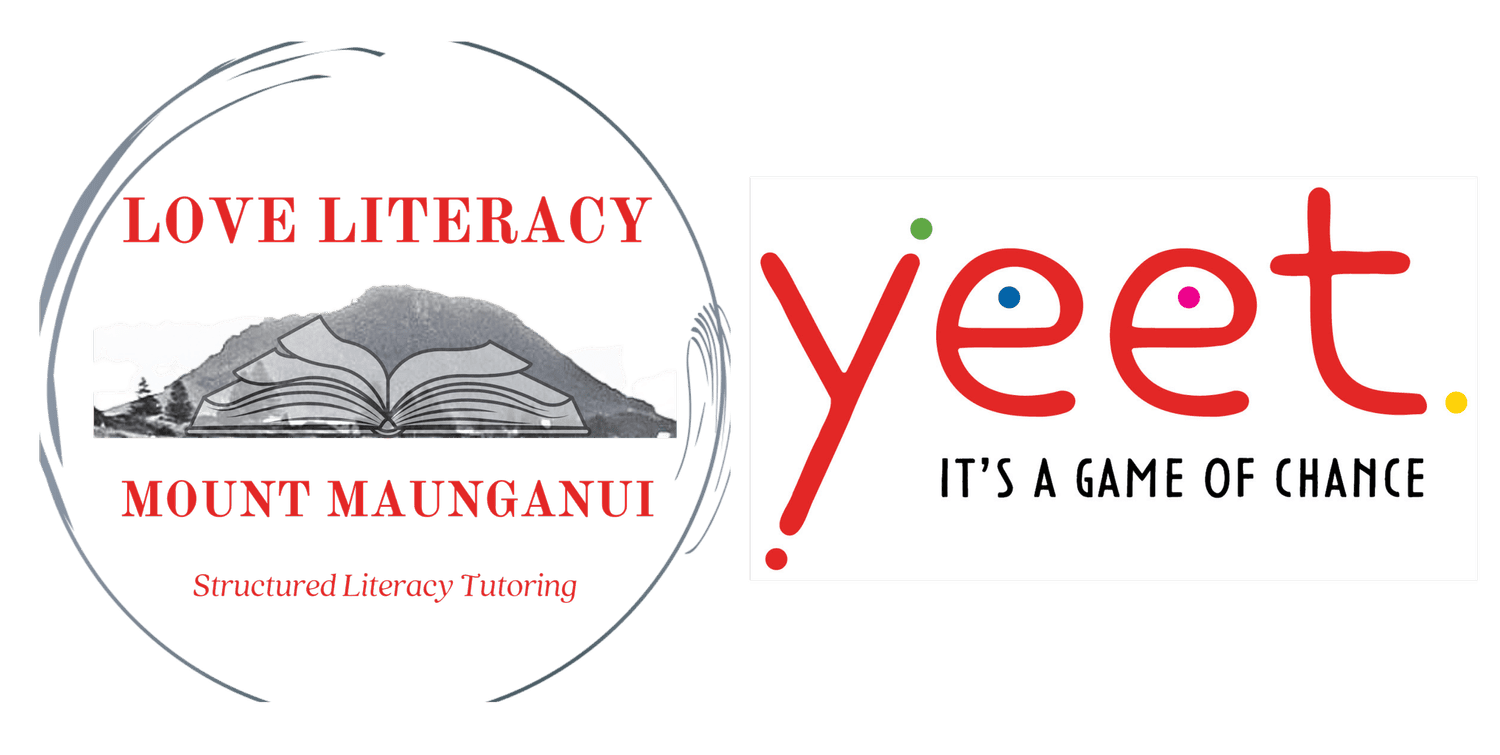How I incorporate The Writing Revolution into tutoring sessions.
I was recently asked about how I incorporate The Writing Revolution (TWR) into my tutoring sessions. It’s a great question and one that I’m happy to break down for you.
To give you some background, I purchased TWR in July 2022 after I noticed that the students I was working with were struggling with critical thinking, syntax, sentence structure, and word choice in their writing. While they were making progress with letter formation, size, and spelling, I felt like there was more that could be done to improve their writing skills. After speaking to a mentor who had used TWR to teach a writing group, I decided to give it a try.

Admittedly, I found TWR overwhelming at first, especially since it’s geared towards classroom teaching rather than one-to-one or one-to-two tutoring. However, after reading the book cover to cover and exploring the templates and pacing guide at the back, I was able to incorporate TWR into my lessons more effectively.
Note you can download the Pacing Guides here.

Here’s an abbreviated version of what a typical lesson might look like:
1. Introduction of sound/spelling – th
2. Phonemic awareness
3. Read in isolation
4. Spell in isolation
5. Read in isolation
6. Dictated sentence – That is a big sloth.
7. Read dictated sentence
8. Writing practice
9. Reading connected text
If we’re up to Sentence Types in the Pacing Guide, for example, I’ll explain the concept and provide examples, and then we’ll work together to create different sentence types based on the dictated sentence. Then, I’ll ask the student to create their own sentence types. We’ll cover this part of the pacing guide for the next two or three weeks, and I’ll create specific home learning activities around this sentence work using the free resources from TWR where appropriate. If there are no appropriate resources, I’ll create my own.
Here is an example of the types of sentences we might write:
That is a big sloth.
That is a big sloth!
Why is that a big sloth?
Look at the big sloth.
Below is the Sentence Types – Topic worksheet, you can download this here.

With each new stage taught in the Pacing Guide, I weave in the spelling or syllable we’re working on. For example:
1. Introduction of sound/spelling – igh
2. Phonemic awareness
3. Read in isolation
4. Spell in isolation
5. Read in isolation
6. Dictated sentence – I put the light by my bed.
7. Read dictated sentence
8. Writing practice
9. Reading connected text
If we’re now up to Subordinating Conjunctions in the Pacing Guide, I’ll explain the concept and provide examples, and then we’ll work together to create different sentences using, for example, Before, After, When, and perhaps Even though. Then, I’ll ask the student to create their own sentence types.
After I put the light by my bed,
Before I put the light by my bed,
When I put the light by my bed,
Even though I put the light by my bed,
Opportunity opens up here for students to practice writing their own sentences and showcasing transference of skills already taught. Note: You must leave enough time to provide immediate corrective feedback with any words spelled incorrectly.
As I move through learning with students, I’ve found that weaving in the teaching of writing can also pair well with a text when not teaching to a topic. I’ll often read a text first to provide the topic and check in with comprehension. As we progress and the cognitive load is eased, I’ll encourage the student to read and then write.
I’ve also created writing templates based on texts I’ve written, which you can find by clicking this link. As you work through these, I suggest reading the chapter in TWR that goes with each new idea.

I’m still learning as I go and I’m by no means an expert, but incorporating TWR into my structured literacy lessons has been working well for me and my students. I also regularly ask my students what they’re learning about at school so I can weave in examples of writing based on what they may be doing. For example, a recent trip to the dump by one student led us to write a Time and Sequence paragraph based on Frist, Second, Then, and Finally. It was a great way to summarise what he had done.
In conclusion, incorporating The Writing Revolution (TWR) into my tutoring sessions has been a transformative experience for both me and my students. TWR has proven to be a valuable tool in addressing critical thinking, syntax, sentence structure, and word choice challenges in writing. While it initially felt overwhelming for one-to-one or one-to-two tutoring, I’ve managed to adapt and effectively integrate TWR into my lessons. (In my opinion!).
